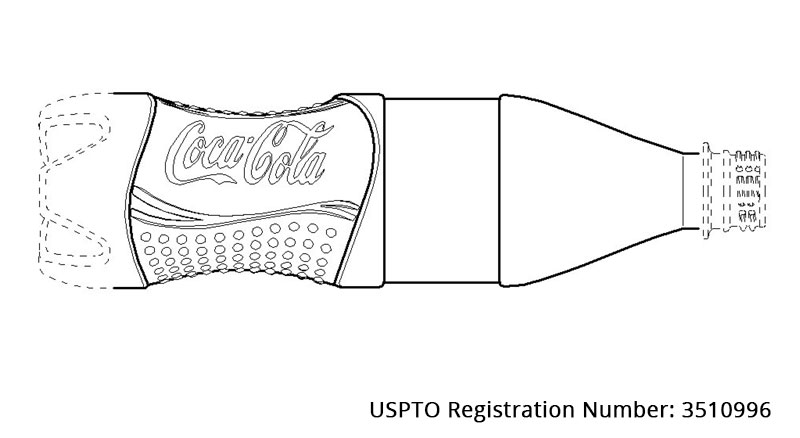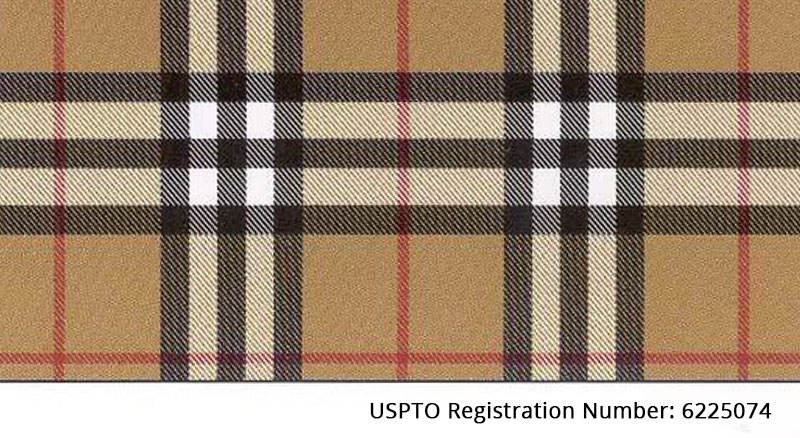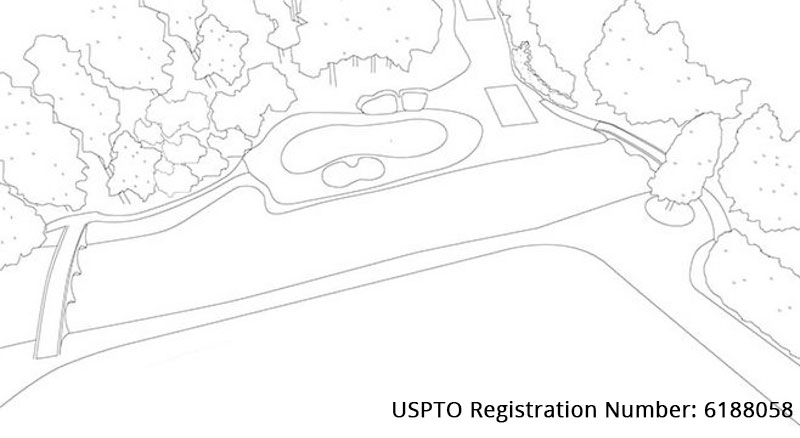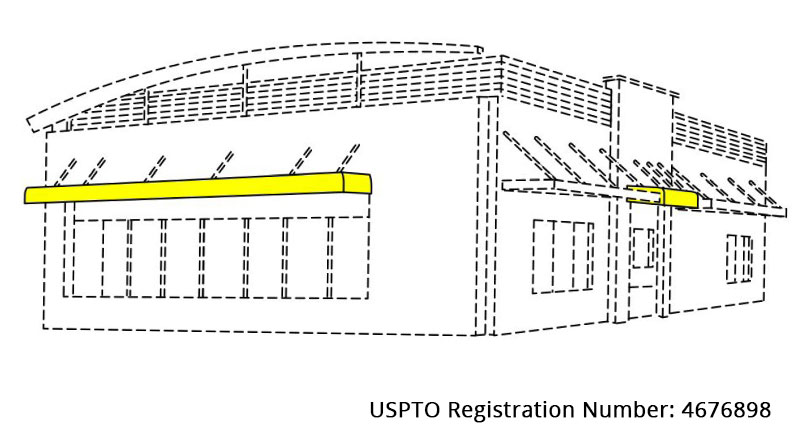What is Trade Dress and How Can It Protect Your Brand?
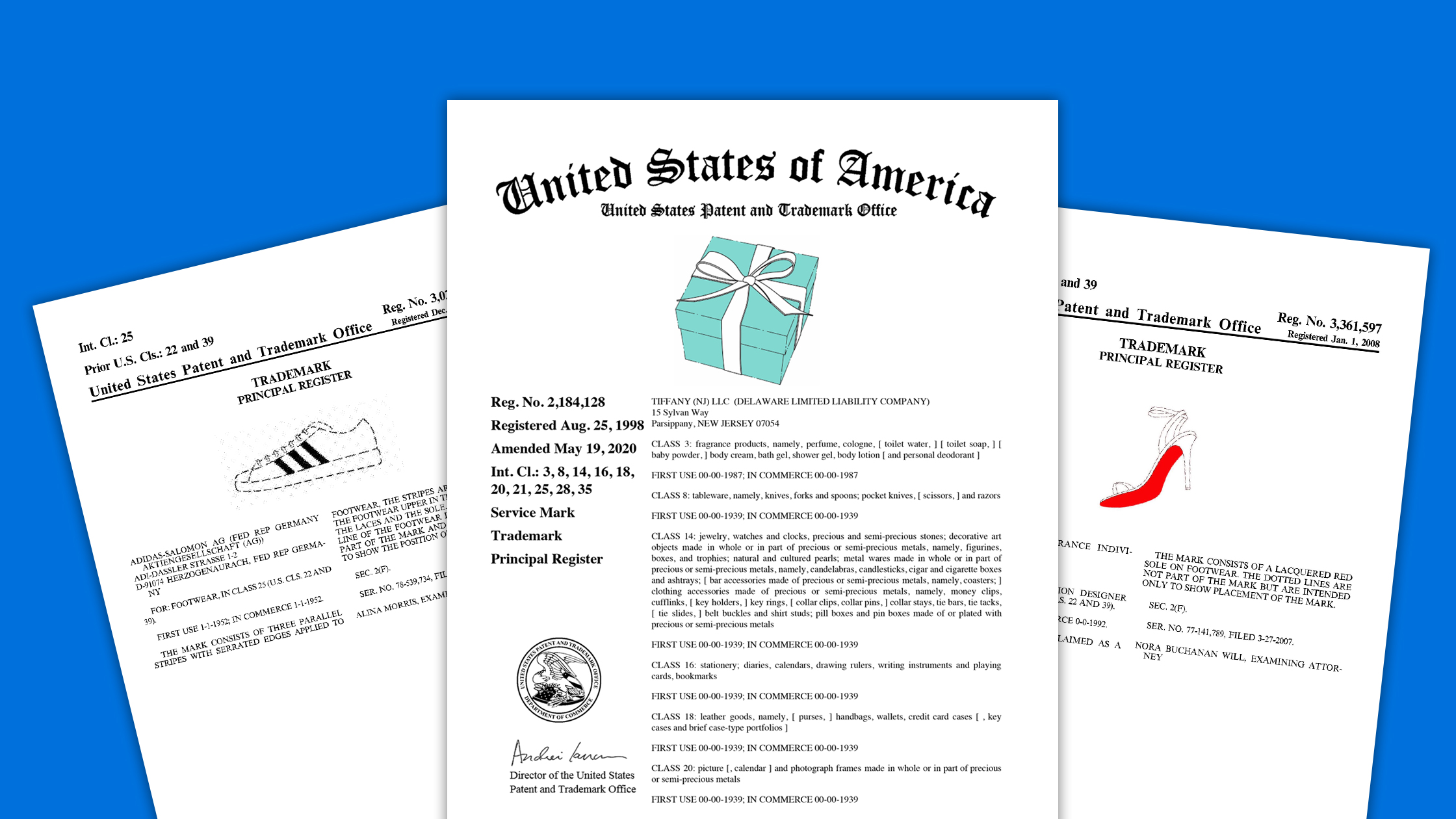
Three stripes on athletic clothing.
Bright red bottoms on shoes.
Light blue boxes for jewelry.
Do these phrases invoke any particular brands? They should. The owners of these “trade dress” trademarks have poured hundreds of thousands, if not millions of dollars into the iconic designs and product markers to make them recognizable to consumers.
“Trade dress” is a specific type of trademark that can immediately invoke brand recognition with consumers through designs, colors, shapes, packaging, designs, or even atmosphere. These types of marks are capable of being registered as federal trademarks with the United States Patent and Trademark Office.
This article will educate you on what trademarks qualify for “trade dress” protection and how to obtain federal trademark registrations to protect the marks from infringement.
What are the different types of trade dress?
There are two technical types of trade dress – product design and product packaging.
Product design is the shape or configuration of the actual goods — the shape of the VW bus, the shape of the guitar, and the fish shape of the cheddar cracker.
Product packaging is how the product or service is delivered to the consumer — the red wax seal on a liquor bottle, the feel of walking into a blue and red nationwide pancake chain, and a black and white filagree label on a whiskey bottle.
Beyond these two technical types of trade dress, consumers can find protected trade dress in a variety of formats.
Shape
The shape of a good can be protected as trade dress. The shape of a Coca-cola bottle probably brings to mind a glass bottle with a distinct silhouette. An iPhone is known as a rectangular phone with rounded corners, and most consumers can sport an iPhone across a room.
Design
The design of product packaging or a product can be recognized as well. A tan background with white, red, and black tartan is widely acknowledged as Burberry and also widely copied. The three stripes down the side of sweatpants are simple but also renowned as Adidas.
Color
A red sole, a blue jewelry box, a yellow and green tractor, and a pink cell phone carrier. Do each of these sound familiar? Consumers can associate color with a specific good or service without even realizing it is so essential to brand recognition.
Landscape
A lesser-known trade dress is landscape design, and one of the common landscape trade dress registrations is famous golf course holes. While not immediately recognizable to everyone, to the relevant consumer, these can be as easily recognized and easily copied as any packaging.
Atmosphere
Another trade dress that consumers may not even realize they are aware of is atmosphere. A purple fast-food Mexican restaurant with bell noises and bright blue soda drinks. A red and yellow fast food restaurant with a play area, a clown, and a toy in each kid’s meal. These atmospheres can make a consumer feel “at home” the moment they walk inside, no matter where the services are rendered, and if copied, could seriously damage a brand.
How can brands protect trade dress?
A trade dress trademark application is similar to a traditional trademark application in that the application needs to have an owner, contact information, a date of first use or intent to use, US residency or US counsel, and a definitive list of goods or services the Applicant intends to use the trade dress in connection with. However, the significant difference is the “mark” or “drawing” itself.
In a traditional trademark application, the Applicant submits the words or the logo that they are filing for. Typically, an Applicant would submit “standard characters” for a word mark and “special form” for a logo. If an Applicant is submitting a trade dress application, they will also complete the “special form,” but the drawing will have specific characteristics.
The trade dress drawing is one of the most challenging parts of a trade dress application since the Applicant is showing the unique aspects of their product on an average product, and they need to delineate between their unique features and the product. They do this by using solid colors and lines for the trade dress and dotted lines for the regular product. For example, in the mark below, the red line is the trade dress, and the dotted line is the regular product (from TMEP 1202.02(c)(ii)).
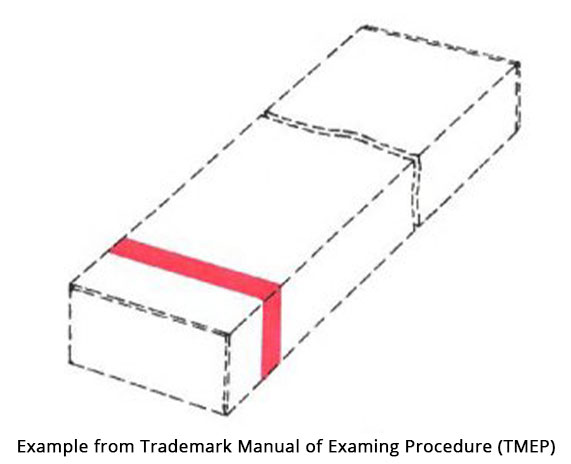
The Applicant then needs to describe their specific trade dress in relation to the larger object. The Trademark Manual provides the following description for this example drawing: The color red is claimed as a feature of the mark. The mark consists of a single transverse red stripe applied adjacent to one end of the three-dimensional elongated packaging for the goods. The dotted outline of the packaging is intended to show the position of the mark and is not part of the mark.
If the USPTO Examining Attorneys review and accept the trade dress application, the Applicant will own the non-dotted or claimed features; however, it’s not as easy as an Applicant wanting to use that design. In addition to the drawing and description, another big difference between trade dress and trademark applications is the Applicant must also show secondary meaning.
What are the requirements for trade dress trademark application?
1. The Trade Dress Feature Must Not Be Functional
In the same way that a trademark cannot be generic for a good or service, such as “Computers for Sale!” for retailing computers, trade dress cannot include functional features. This is because trademark or trade dress protections are not intended to bar competitors from using necessary words or designs.
There are two types of “functionality” that bar registration of trade dress – utilitarian functionality (sometimes referred to as “traditional” functionality) or aesthetic functionality.
Utilitarian functionality is if the trade dress feature is essential to the proper operation of the item, and aesthetic functionality is if the trade dress feature is necessary for competitors to compete with the original.
For example, when considering a light blue jewelry box with a white ribbon, the USPTO Examining Attorney would have to ask themselves the following questions:
- Utilitarian functionality: Does this light blue box with a ribbon assist with the function of the box? Is the pale blue color essential to holding jewelry? Is a white ribbon essential to keeping the box closed? Are there other methods to achieve the same “holding jewelry” function?
- Aesthetic functionality: Do competitors need to use light blue on the box or white ribbons to compete with this jewelry holder? Are these essential components for competitors to create jewelry holders that can compete in the marketplace?
Suppose the answer to Question 1 is no. In that case, the box is not functional, and the Examining Attorney will now consider whether the features are recognizable or have secondary meaning.
2. The Trade Dress Feature Must Have Secondary Meaning
One of the reasons that trade dress is so expensive and businesses often don’t try to register their designs, is that Applicants have to prove secondary meaning or inherent distinctiveness.
Trade dress, in the form of product packaging (the red wax, restaurant atmosphere, or black and white whiskey label), can be inherently distinctive. Still, it is rare and has to be so unique that no other business has done something similar. For example, a restaurant where every floor, ceiling, booth, table, tray, utensil, cup, and food is pink could be inherently distinctive since it is how the entire “restaurant” service is packaged.
Trade dress in the form of product design has to show secondary meaning, which is to say that the Applicant must show consumers recognize their product design amongst their competitors. In the previous examples, consumers would recognize the fish-shaped cheddar cracker among the other cheddar crackers, animal or otherwise.
How does an applicant prove their trade dress is recognizable?
It is not easy to prove to the USPTO that trade dress is recognizable by consumers, but if an Applicant is applying for a product design, they can submit any amount of evidence to the Examining Attorneys.
Applicants can submit direct evidence such as consumer testimony and surveys, which is typically the most persuasive – for example, asking a thousand people in a mall, “Do you recognize this box? What makes this blue box holding jewelry recognizable? What company do you associate this box with?”
The second type of evidence is circumstantial evidence, which is evidence that the Applicant can provide without communicating with consumers. Circumstantial evidence is evidence directly from the business, including advertising budgets, advertising plans, marketing materials, length and manner of use of the trade dress, number of sales, third-party media coverage, and proof of copying. The assumption is that the longer an Applicant has exclusive use and sales of trade dress, the more recognizable and the stronger the connection between the trade dress and the brand.
Why should business owners protect trade dress?
Trade dress can be just as essential to a brand as other trademarks are. Brands can pour just as much money into product design and packaging as the language surrounding their goods and services.
A red sole on the bottom of a high heel can invoke thoughts of luxury, high fashion, and wealth, just as much as the name “Christian Louboutin” does. However, traditional trademarks would not protect the exclusive red sole, so the brand filed a trade dress application to protect the sole federally.
So how does a federal trade dress registration protect the brand? If another party starts using red soles on the bottom of their shoes, Christian Louboutin has federal rights to bring a lawsuit against the infringer. However, what if another brand uses something similar but not identical? For example, if a brand wants a red-to-black gradient on the sole of the shoe – what are Christian Louboutin’s rights?
The benefit to a trade dress registration is that a plaintiff need not show actual confusion between the two designs. A plaintiff only needs to show that there is a distinct trade dress (such as a red sole) and that a consumer may likely believe the two are affiliated (a special Halloween or spooky line of shoes that include a red-to-black gradient).
Final Thoughts
Do you have a distinct product design or product packaging? Is your brand recognized by its unique designs? Are your competitors using a similar design after noticing your success?
Consider filing a trade dress application, even though it’s not as well known as a traditional trademark. Still, it provides similar protections for your valuable intellectual property, and the experienced attorneys at Gerben IP are happy to help.
Do you need assistance with a trademark matter?
Contact an Attorney Today
